|
The Ethiopian Church lent begins tomorrow, sooner and lasts longer than lent in the U.S. It is a lot more focused on sacrifice too. No animal products. Every day. For 55 days. Worse yet, no food or drink until 3 p.m. Every day. That means coffee too. No alcohol at all. Of course, some people don't observe these customs. Others are even stricter. Some butcher shops, dairy stores and cafes close during this period. For a great pictorial explanation of Ethiopian lent go to https://www.dw.com/en/ethiopia-fasting-for-55-days/g-38067533 But today, most everyone is feasting on the literal sacrificial lamb or goat. I was no exception, thanks to the kindness of my Guesthouse family. The dishes were delicious, if difficult for a mostly vegetarian to digest. But it will be easy to find my favorite vegetarian dishes for the next 55 days. Shed to table. As I got ready to go on my bike ride the camera shy goat above had taken up residence in the bicycle parking lot. Since today was the last day before the 55 day Easter fast I thought he might end up on the table for dinner. I did not think he would end up on my table. My Guesthouse treated me to their pre-Easter fast feast on the right. Donkey carts are still a common way to move agricultural products and building materials. They don't have to wait in line for gas (benzene as they call it in Ethiopia). This donkey is bypassing a line for gas that stretches about a mile long. https://www.africanews.com/2019/01/16/ethiopia-djibouti-road-blockade-causes-acute-fuel-shortage-in-addis/ Below you can also see one of the best views of Bahir Dar from just below the last palace built by Haile Selassi.
0 Comments
My friend and colleague Zewdu invites me to have lunch with his family often. He and his family know how much I enjoy good food, especially their home cooking. He also knows I really enjoy a view into the culture and family life. But most important is the chance to relax and talk.
Today was special because I finally got to see them make injera. Injera is a mystery to many in the west. It is a spongy, sour dough flat bread. The staff of life in Ethiopia and Eritrea, but no where else I know of. “Authentic” injera is made with an ancient grain called teff. Teff comes in light and dark colors. To my knowledge, it was only grown in Ethiopia and Eritrea until recently. Since it is gluten free and very healthy teff is becoming more popular in the United States. It is starting to be grown there, perhaps a result of being a healthy ancient gluten free grain and the increase in Ethiopian restaurants in the U.S. Ethiopians are usually surprised that I eat injera and the Ethiopian food that comes with it, much less like it. I think it can sit a little heavy on the stomach of the uninitiated. It tastes a little sour. But scoop up some tegabino with it and it becomes part of a delicious meal. Since this experience I have also watched injera made over an open fire. I eat it every day, though not usually every meal like Ethiopians typically do. The injera griddle takes up a lot of space in an Ethiopian kitchen, as does injera in the Ethiopian diet. You feel more like a member of a community if you get out into it. My colleagues and I started going for early morning walks shortly after moving to Bahir Dar. People in the neighborhoods were welcoming. We felt more comfortable in our new home. Mulageta, who worked at the Fila, our first hotel residence, saw we were walking every morning and invited us to his aerobics club. He said walking is good, but not enough. It's true for me. Aerobics start time is 5:45 a.m. GT. That's early even for us. It's still dark. The club had lots of benefits. Good exercise and meeting people from other walks of life than the University (e.g. the director of the local (Jimmy) Carter Center office). Even if we cannot speak Amharic, we felt welcomed and part of a group. Now I have added biking to my yoga/walking/aerobics routine. I sleep better. But my Amharic. I still can't count to 10. Sometimes the aerobics club has activities outside the Tuesday/Thursday/Saturday exercise. The feast above was to celebrate the club's 10th anniversary. We met at the high school where we do our exercise. A few women cooked up a delicious dinner of tibs. Beer is a sports drink? Below is the city wide aerobics event that happens once a month downtown. It was a blast. Ethiopia's Christmas Eve falls on Epiphany in the Gregorian Calendar. Today was Christmas Day and the end to the 6 week fast of no meat, dairy or eggs. So Christmas dinner traditionally consists of meat, dairy and eggs. Zewdu and his family had me over to enjoy their Christmas feast. They have me over for lunch every week, so they know how I love duro wat (chicken and a hard boiled egg in a spicy red sauce with lots of dairy fat in it). Also beef tibs and of course coffee. Delicious. Then I went to Chez Meron for round two. I might eat tomorrow. Ethiopia has a traditional Christmas Day game ye-gena chewata. We watched some of our aerobics friends play it today. It's like field hockey. It has been played for centuries. We are told only on Christmas Day though. The game is so old no one knows for sure how it originated. One story is the Shepards jumping for joy at the news of Jesus birth. The other story a non-believer was beheaded by the three kings (one from Ethiopia) on their way back from Bethlehem. See https://www.ethiosports.com/2011/01/08/ethiopia-cultural-sports-reviving-ye-gena-chewata/ New Year's Eve celebration at the Blue Nile Resort, Bahir Dar, Ethiopia. Good food, good company and a bonfire. The few tourists we saw at the bonfire out drank and out danced the expats. But then, they didn't have to go to work the next day. Gaja's successful Indian dinner encouraged Meron to open Chez Meron's kitchen up for other experiments. While injera is a delicious and nutritious whole grain carb, the yeast bread here is all white flour. We convinced Meron to let me show her what a whole grain yeast alternative is like. I was disappointed in the final results. It certainly wasn't up to Gaja's curry chicken benchmark. But after 3 months of white bread we didn't care. The two loaves pretty much disappeared. I am hoping Meron will give me another chance to adjust for the pizza oven/altitude/kitchen and build a better loaf. And waffles some Saturday morning. Meron, who owns Chez Meron, had asked Gaja to teach her how to make Indian Curry chicken. Jill seized the opportunity by suggesting they do it on Boxing Day, her birthday, and threw the party for us. So when Americans are taking back their unwanted or ill fitting gifts to scoop up all the after Christmas sale merchandise, we were at Chez Meron's enjoying a rare opportunity to have a delicious Indian dinner. Our Fila Hotel Family treated us to true Ethiopian hospitality today, gifts and a coffee ceremony. They knew it was Christmas on our Calendar. No one else here seemed to. I have only seen one Christmas decoration, a tree, in one resort here. I had only one conversation with someone here who knew it was Western Christmas, Dadimos who lived in the states several years. Ethiopian Orthodox Christmas is not until January 7. The only sign of it is many Orthodox church members are fasting for 6 weeks (no food until noon and a vegan diet). But our Fila Family knew and put on a coffee ceremony for us to celebrate Christmas. They even presented us with these beautiful traditional shirts. Merouane and I had just moved out a week ago, but we are still welcome as family. Gaja has never even lived there, but as our friend is welcomed as well. Ethiopians are so welcoming. They will share what they have, even if they do not have much. I am very fortunate to have this opportunity to spend with them. Christmas Eve Surprises
Chicken isn't neatly packaged in plastic in the refrigerator section of your supermarket in many developing countries. Chicken on a stick in Ethiopia is bought as fresh as can be. The consumer does the rest. In Ethiopia you are never far removed from the source of production. We took Sami and Kathleen to the big market in Bahir Dar. Then to our favorite fish restaurant right on Lake Tana where local fisherman come in to have their catch cleaned and sold. That's why you see all the pelicans hanging out by our lunch table. Kathleen's Kuriftu resort serves as a final, and greatest contrast between the real world and the one we often find ourselves isolated in. Visiting villages in Ethiopia is a real treat. The countryside around Bahir Dar is beautiful. I get to see what a cow shed looks like, how they dry crops and bricks in the sun, everyday life and best of all the children. This day trip was to see the last palace built by Haile Selassie, Ethiopia's 225th and last emperor, serving from 1930 until his overthrow by the Marxist dictator Mengistu Haile Mariam in 1974. For more information on the Emperor see https://www.biography.com/political-figure/haile-selassie-i There are no supermarkets here. Well, there are, but they are more the size of a very small grocery back home. Most people shop at smaller shops on the street or something like this large open market in Bahir Dar. You can get almost anything to be found in town here. The market is divided into large sections of various items, similar to a supermarket here. There's the poultry section (look closely for the chicken on a stick, spices, beans, vegetables, tef (the ancient grain unique to Ethiopia and injera) and even plastics. One vendor pointed out that his section was all Ethiopian goods, nothing from China, to try to sell us on his vendors. A peaceful boat ride and walk through a forest of coffee trees and vendors selling crafts brings you to this 14th Century Church. It is said by some to be the most beautiful in the Lake Tana region, and for good reason. The contrasting colors set against the mud/straw walls feel symbolic of Ethiopia. See https://en.wikipedia.org/wiki/Ura_Kidane_Mehret for more information. Below are photos from the museum next to Ura Kidane Mehret Church. One book dates back to 900 A.D. Our guide asked us if we wanted to go into it. When we said yes he summoned a monk who let us in. It was much more impressive than this afterthought would imply. The catch is that the peaceful walk through the forest winds through a variety of shops selling local goods. There were some nice local crafts, from locally harvested incense to pictures on leather to jewelry fashioned out of old, obsolete coins. Frankincense is readily available in Ethiopia, unlike the U.S. It smells wonderful and is used in Ethiopian religious ceremonies, homes and coffee ceremonies on the street or in a restaurant. See https://fairtradefrankincense.com/tag/ethiopia/ It was easy for me to resist everything by the coffee. Jill could not resist buying a local craft from this girl, who drove a hard bargain to the amusement of even the locals who joined us while we had our coffee. The coffee here was delicious as most Ethiopian coffee is. These people are roasting the beans grown there on the peninsula, brewing the coffee while burning frankincense they harvested. They were not going to charge us for the coffee. They wanted to sell us some frankincense instead. I paid for the coffee.  A herd of goats, their shepard Kaldi and a Monk play into the legend that places the discovery of coffee on the Ethiopian plateau. Ethiopia isn't the only one to claim this legend. See http://www.ncausa.org/About-Coffee/History-of-Coffee I saw a goat eating some coffee beans of a bush, so I am a believer. I would not challenge the legend in these parts. Coffee has a big influence in this culture, and they brew it strong in Ethiopia. There are coffee stands like the one above all over Bahir Dar. For 5 Ethiopian Birr (less than 20 cents) you can get one of these small cups with as much sugar, or not, you desire. Delicious and motivating. On campus the price is subsidized and I can get a mid-morning fix for 3 Birr (10 cents). The traditional pot you see is a common fixture, rather than the Italian espresso pot above (though they did have their influence during their 5 years of occupation and cappucinoes are available in many places). So is the grass, which I see delivered all over town, to homes as well as cafes. I think it is for good mojo. Dademos, an Ethiopian who I am working with on a project, invited me to the cultural restaurant below on Friday night. His mother is originally from here. He knew all the traditional dances and what region they were from. It was a great end to the day. Fortunately, I have no pictures of me trying to dance the local shake dance that night. The umbrellas you see on sidewalk below are shoe shining businesses. This is a serious business in Ethiopia. Whether you are wearing flip flops, sneakers or dress shoes, you may hire to at least have them cleaned. In the case of dress shoes, spit shined for 10 Birr. A 15 minute, enthusiastic clean and shine for less than 20 cents. This young woman was fine having her picture taken until I asked if I could take it with her sitting in her chair, her tools all around. Her friends talked her out of that picture. There's something universal about a haircut. A good barber wants to figure out what kind of haircut you want. I always have trouble with this stage. How short/how long. Just make me look good, ha ha. You can see from the outside whites are not the target audience. No surprise there. There are few of us and most are just passing through. As we started, another guy in the shop stepped in to serve as interpreter. So now the instructions are filtered. Not a recipe for confidence. While the cut is a bit shorter than I am used to, I thought he did an excellent job. And he was a good sport about getting his picture taken. I waited until the end to ask. Another universal truth - don't risk making the guy standing over you with sharp scissors unhappy. I love these kids who sit ready to weigh you as you walk by. Is this a health initiative? Is the information confidential. At least in Bahir Dar the kids are often seen doing their homework while they wait for a willing customer.
Walking about the neighborhood behind our hotel is a great opportunity to see the real Ethiopia. I especially enjoy seeing the children going to school in the morning. I wanted to take a picture of the school, and one of these kids was standing right in front of the sign. We were warned never to take pictures of people without asking permission. In Ethiopia, when you ask if you can take someone's photo you usually get a very enthusiastic yes or an emphatic no. Kids are usually much more eager to have their photo taken, which explains the results of this picture. We found it! We were wondering how we would ever find the American Corner in Bahir Dar. It's hard for us to get around and find anything, and here it is in our neighborhood. The American Corner is a resource center, often set up in partnership with a library as it is in Bahir Dar. English language books and audio-visual materials, college information and other items are available in most corners. Fortunately, near the school pictured above. For more information on Bahir Dar's Corner, go to https://et.usembassy.gov/education-culture/american-spaces/bahir-dar-american-corner/ Street Food Food is a favorite past time of mine. Street food is delicious and fun. If its hot and fresh, its probably fine. I have seen roadside “donut” stands like this in several countries. The patrons gave them ringing endorsements. I usually resist because I know a deep fried anything is inherently unhealthy (although that has not kept me from eating the deep fried fish and chips here). We’ll see how long I can resist these temptations. The Community There are more mosques in this community and in Ethiopia than I expected. Especially since the official statistics put Muslims at less than 10 percent of the population. Some claim it is more like half the population. We saw several mosques on our walk. This one really stood out for the height of its minaret and red color. There are also many Ethiopian Orthodox churches. I will post some photos of them later. I love to experience a culture through travel and food. Taking a 12 hour night bus for locals, not tourists, is a good introduction to another culture. If you can't make it to Myanmar to do this, check out Anthony Bourdain’s Parts Unknown: Season 1: Episode 1 Myanmar, Apr. 14, 2013 on Cable News Network (CNN). It will give you an interesting look at Myanmar shortly after the military started to open up the country to outside visitors. https://www.cnn.com/videos/bestoftv/2013/04/15/ab-anthony-bourdain-episode-1-entire.cnn (last visited Jan. 19, 2019).
|
Archives
March 2023
|




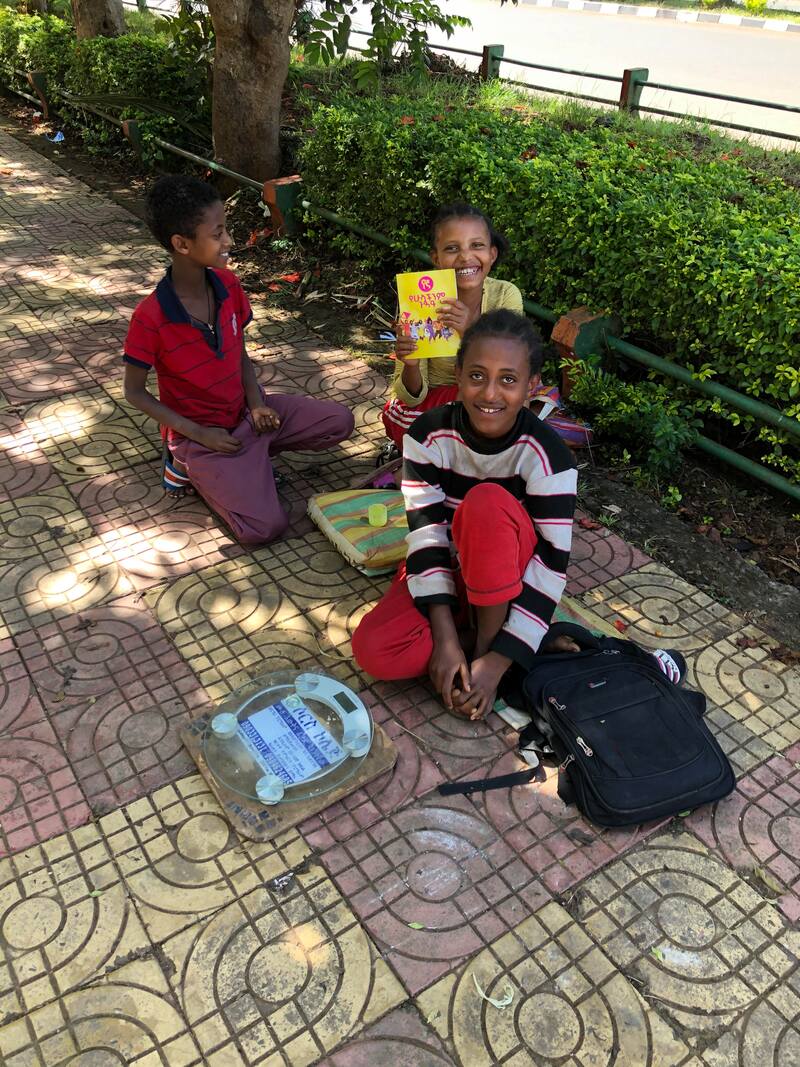
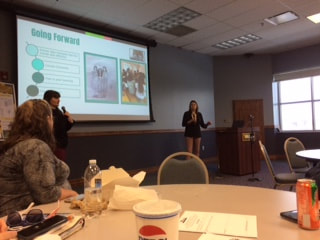
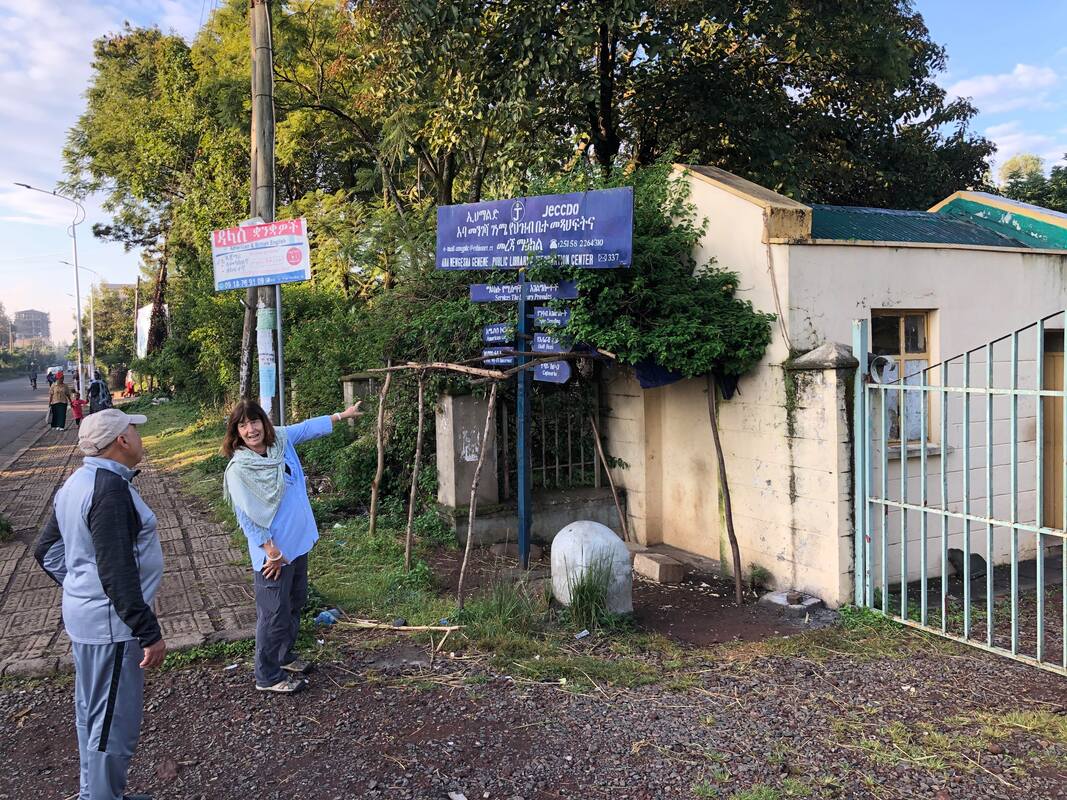


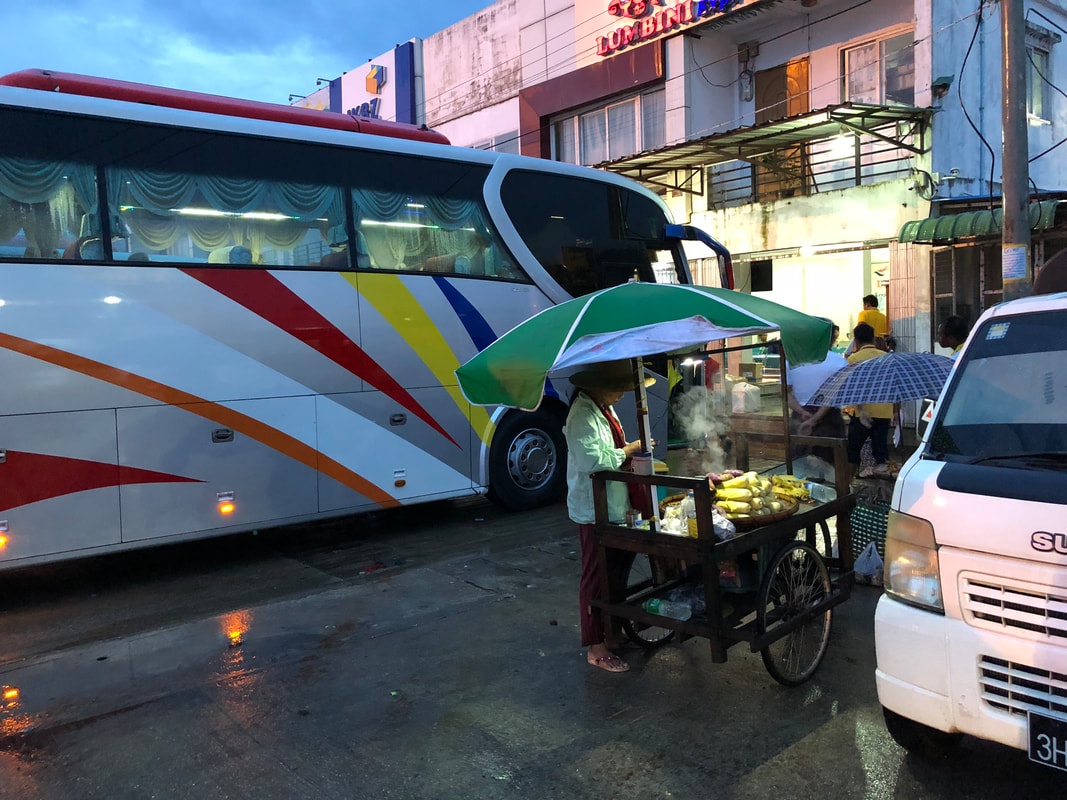
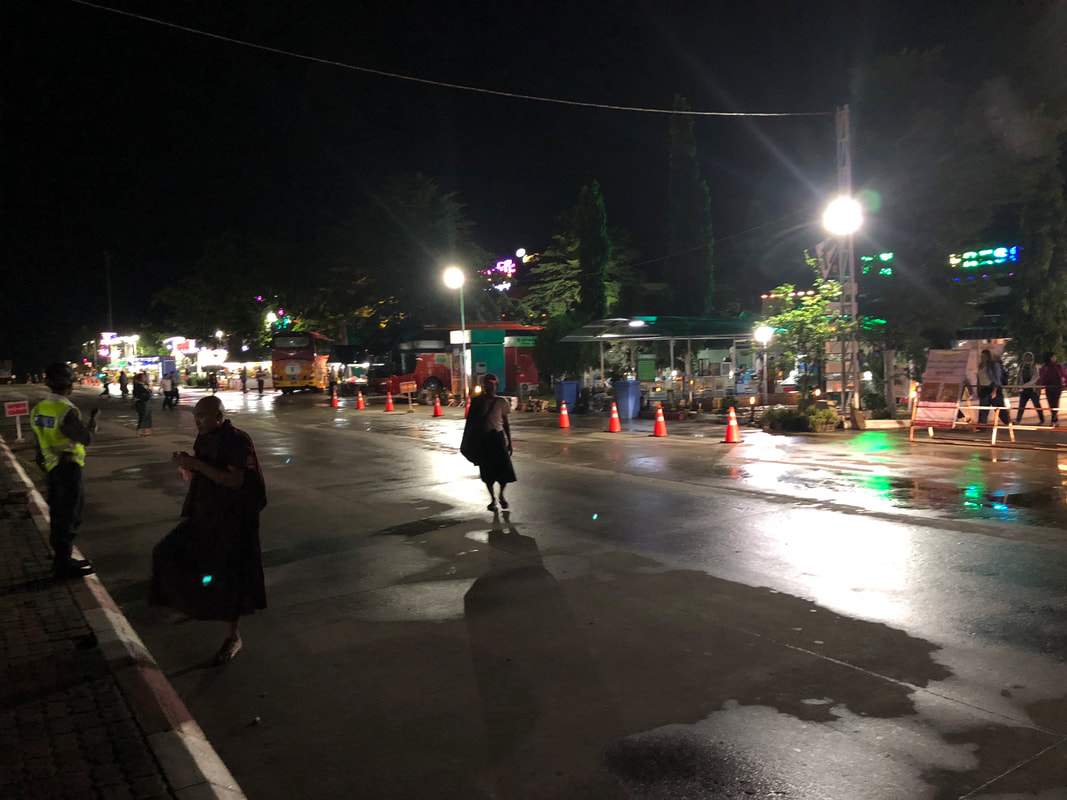
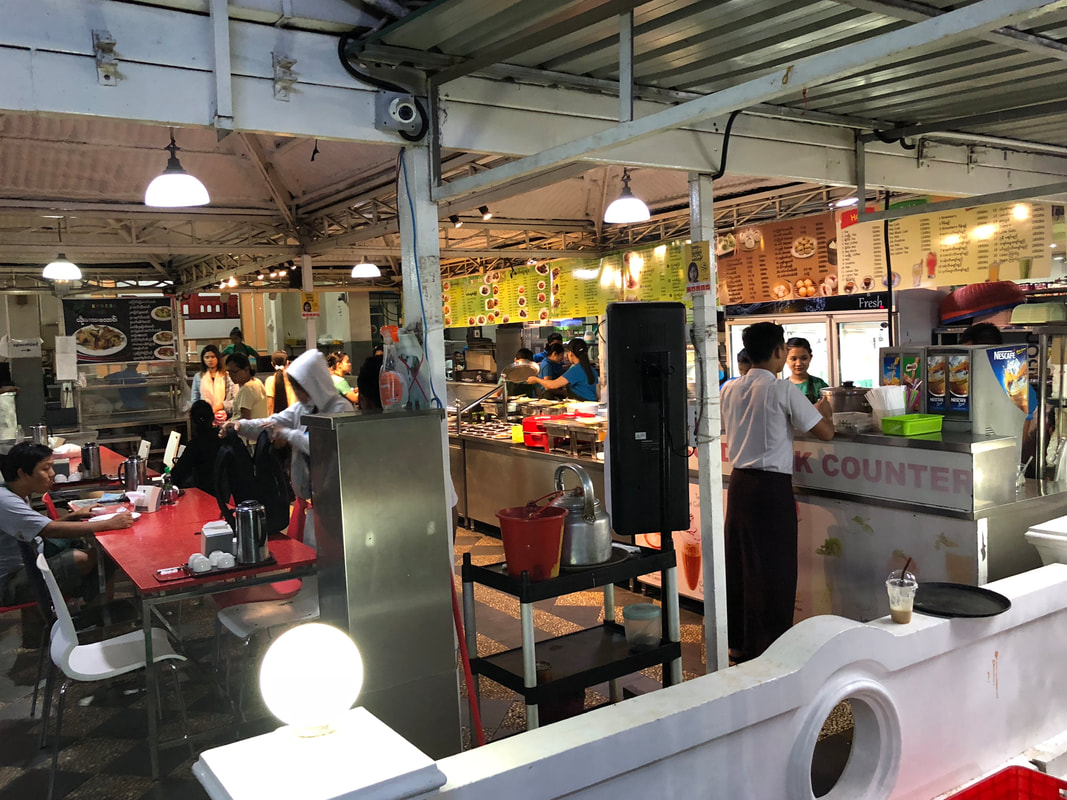
 RSS Feed
RSS Feed